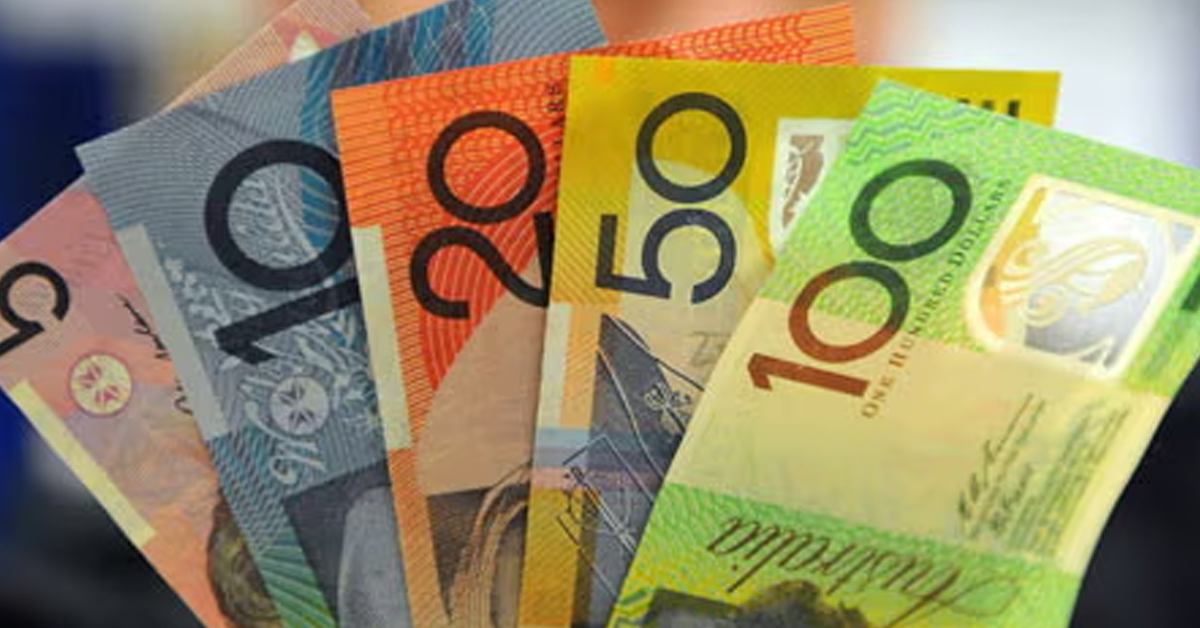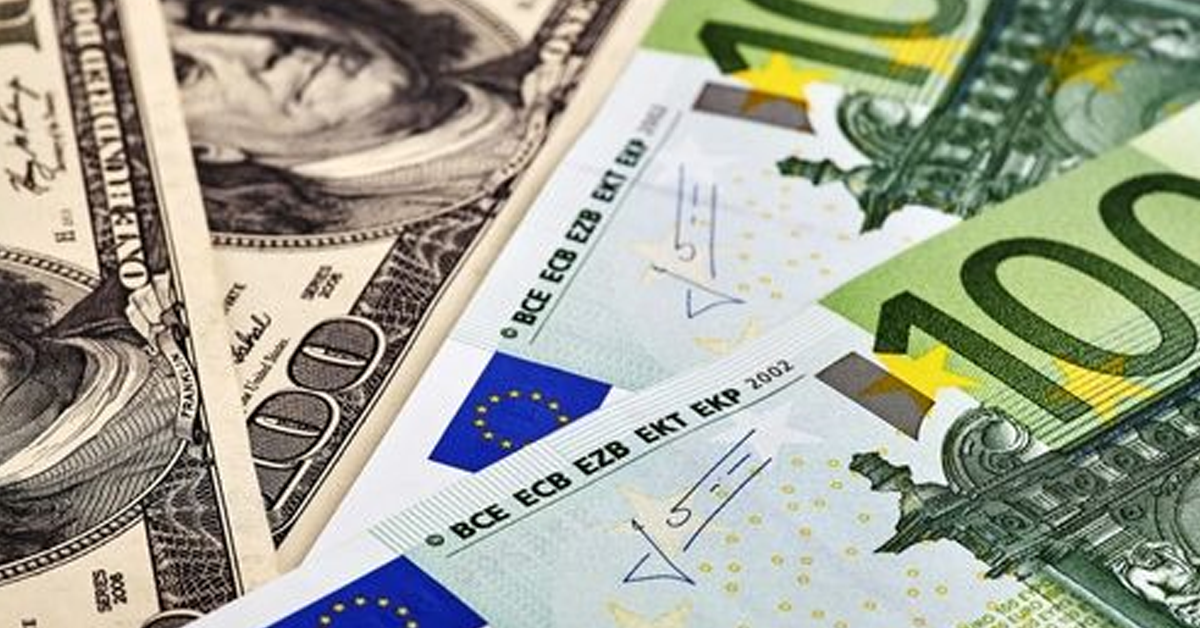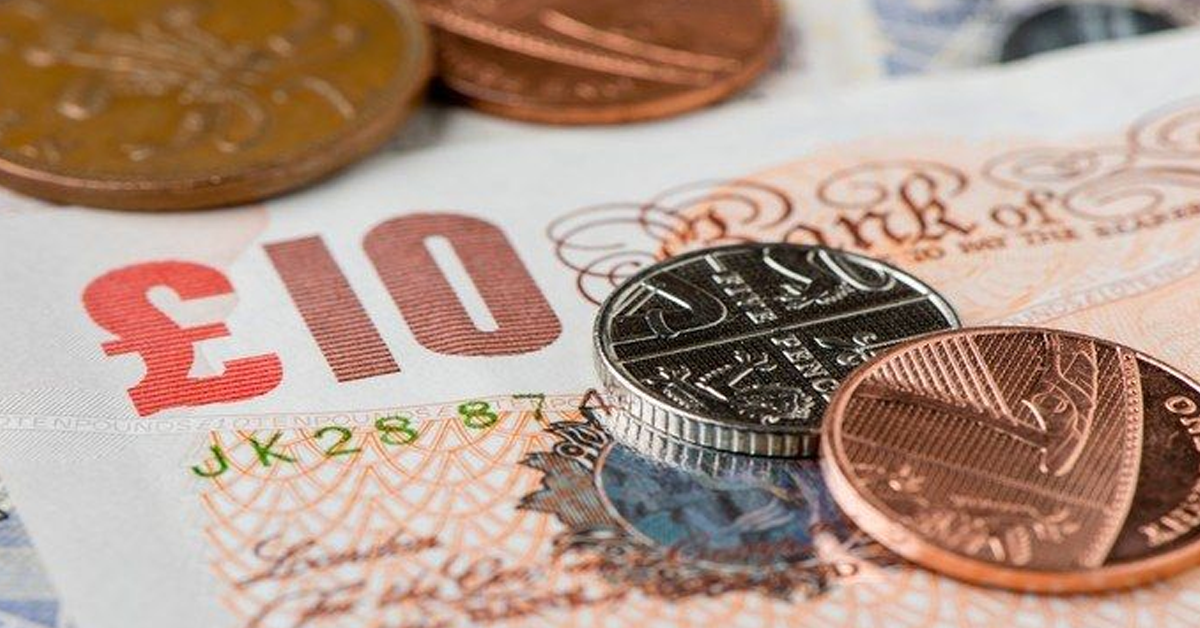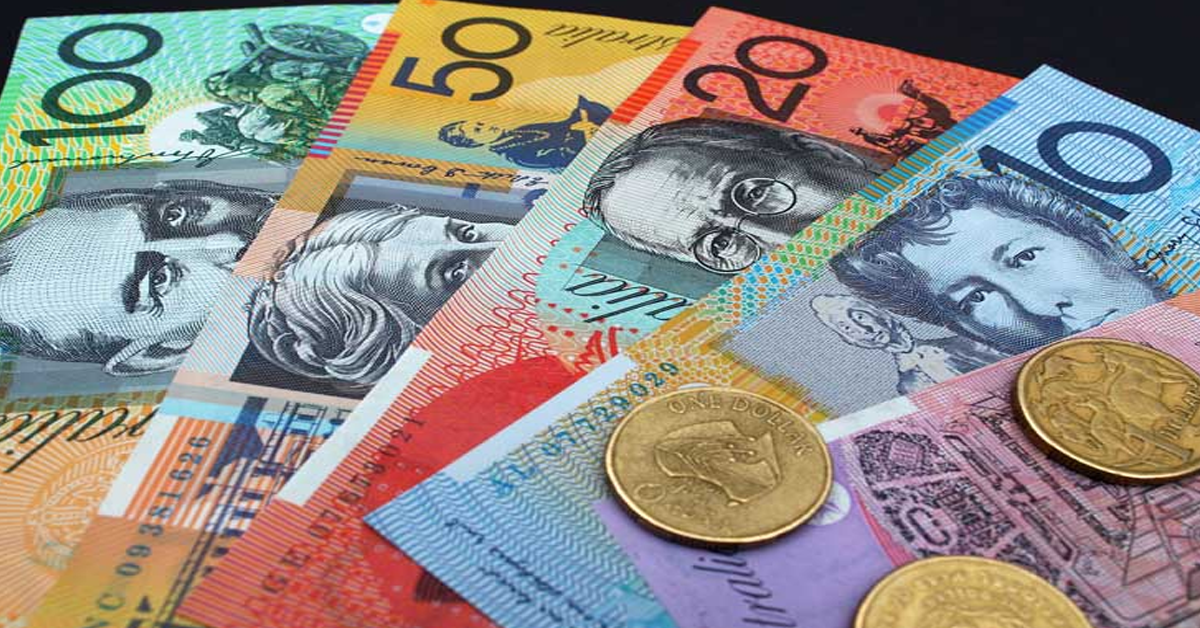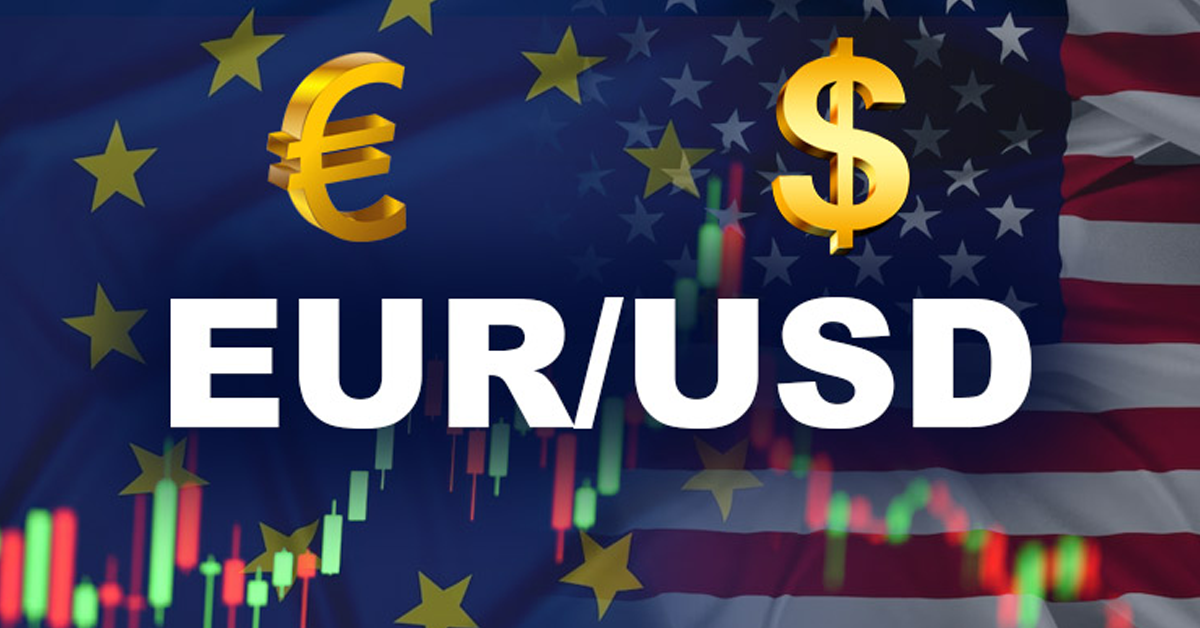Dollar Weakens as Fed Hike Expectations Diminish
On Friday, the dollar witnessed a downturn, heading towards a weekly drop against multiple currencies. Market participants speculate that the U.S. Federal Reserve might have concluded its rate hikes, thus enhancing the risk sentiment. The dollar index, reflecting its value against six primary currencies, marked a decline of 0.122% at 106.07, closely tailing its one-week low from Thursday.
This marks its third dip in 16 weeks, anticipating a 0.4% decrease for the week. Recent market evaluations suggest a reduced likelihood of a rate hike in December, dropping to under 20% from a prior 39%, as per CME FedWatch’s data. This sentiment is influenced by the Federal Reserve’s decision on Wednesday to maintain the interest rates, albeit indicating potential hikes aligning with economic robustness.
Moh Siong Sim, a currency expert at the Bank of Singapore, pointed out the Fed’s precarious balancing act between the financial scenario and rate adjustments. He emphasized the rising bond yields’ role in this dynamic, suggesting the Federal Reserve can adopt a “wait and see” approach.
However, post the Fed’s policy announcement, there’s been over a 20 basis point reduction in the 10-year Treasury bonds’ yield. Notably, these Treasuries were not traded in Asia on Friday due to a Japanese holiday.
Sim stated the existing market tensions, though the prevailing mood leans towards relaxation. The employment data from Thursday revealed only a minor spike in the unemployment claims, indicating stability in the labor market. As attention pivots to the October non-farm payrolls, predictions are rife about an addition of 180,000 jobs. Any deviation from this could exert more pressure on the dollar.
Julien Lafargue, Barclays Private Bank’s chief market strategist, stated that even if the non-farm payrolls surpassed expectations, it might not solidify arguments for a December rate hike by the Fed. The central bank seems more driven by inflation than job growth.
Analysts believe the dollar’s trajectory will be influenced by upcoming economic data. According to Christopher Wong, a currency strategist at OCBC, for the dollar to soften, indicators need to show a stronger disinflationary trend and a noticeable relaxation in the U.S. job market.
In related currency news, the euro and sterling are gearing up for weekly gains, while the Bank of England maintained its interest rates, highlighting no immediate reductions. The European Central Bank, on the other hand, paused after ten consecutive rate hikes, sparking debates on the duration of elevated rates. As for the yen, it made significant movements this week, causing traders to remain alert for possible interventions from Japan. The AUD and NZD also witnessed weekly surges, marking their best performance since July.

